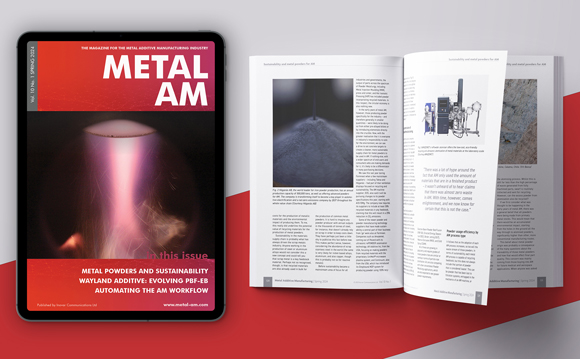Metal AM implants replace the smallest bones in the human body
March 19, 2019
It is thought that a pioneering surgical procedure using metal additively manufactured middle ear bones, developed by Prof Mashudu Tshifularo, head of the Department of Otorhinolaryngology in the University of Pretoria (UP) Faculty of Health Sciences, in South Africa, may make it possible to cure conductive hearing loss, a middle ear problem caused by congenital birth defects, infection, trauma or metabolic diseases.
The surgery, which can reportedly be performed on any patient, including newborn infants, replaces the ossicles – the three bones that make up the middle ear – with titanium additively manufactured ones. On March 13, 2019, Prof Tshifularo performed the transplant for the third time on a patient born with an underdeveloped middle ear, replacing the hammer, anvil and stirrup ossicles, the smallest bones in the human body, with titanium implants.
“By replacing only the ossicles that aren’t functioning properly, the procedure carries significantly less risk than known prostheses and their associated surgical procedures,” he explained. “We use titanium for this procedure, which is biocompatible. We use an endoscope to do the replacement, so the transplant is expected to be quick, with minimal scarring.”
The surgery also aims to simplify the reconstruction of ossicles during middle ear procedures, such as ossiculoplasty and stapedectomy, in order to increase the chance of success with minimal intrusion trauma. In addition, Prof Tshifularo’s procedure is said to reduce the chance of facial nerve paralysis, which can occur if the facial nerve that passes through the middle ear space is damaged during traditional surgery.
















